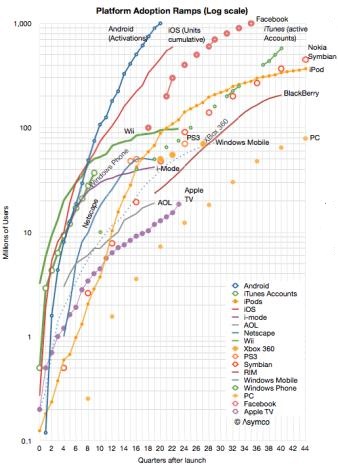“These days, a different ideal for organizations is surfacing. We want organizations to be adaptive, flexible, self-renewing, resilient, learning, intelligent – attributes found only in living systems. The tension of our times is that we want our organizations to behave as living systems, but we only know how to treat them as machines” says Margaret Wheatley.

This is an absolutely powerful way to expose the tension that increases nowadays between the Industrial Age’s process-driven, “machine-like” organization and the Collaborative Age’s network that serves to produce value.
Comparing the Collaborative organization to a living system is clearly spot on. It is an ecosystem that achieves results through temporary collaboration, creativity through serendipity and random encounters.
Alas, the mechanistic view of organization is still very present. This creates huge waste and low satisfaction of those who participate in these organizations. This tension will increase in the next few years in all traditional organizations until it will resolve either through a crisis or through a transformation.
And you, are you ready to consider organizations as living systems?
Hat tip to Valeria Maltoni for the quote and Robert Branche for the image (on the cover of his new book, “les Radeaux de Feu“).











